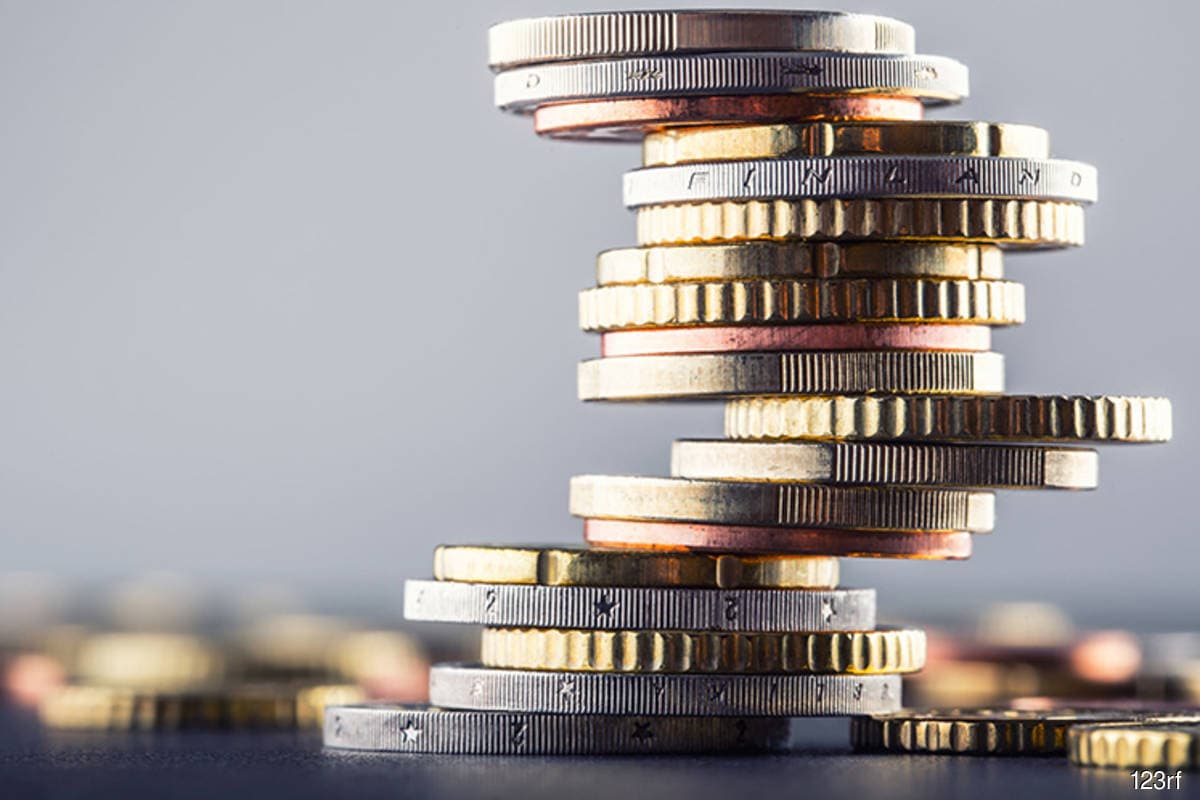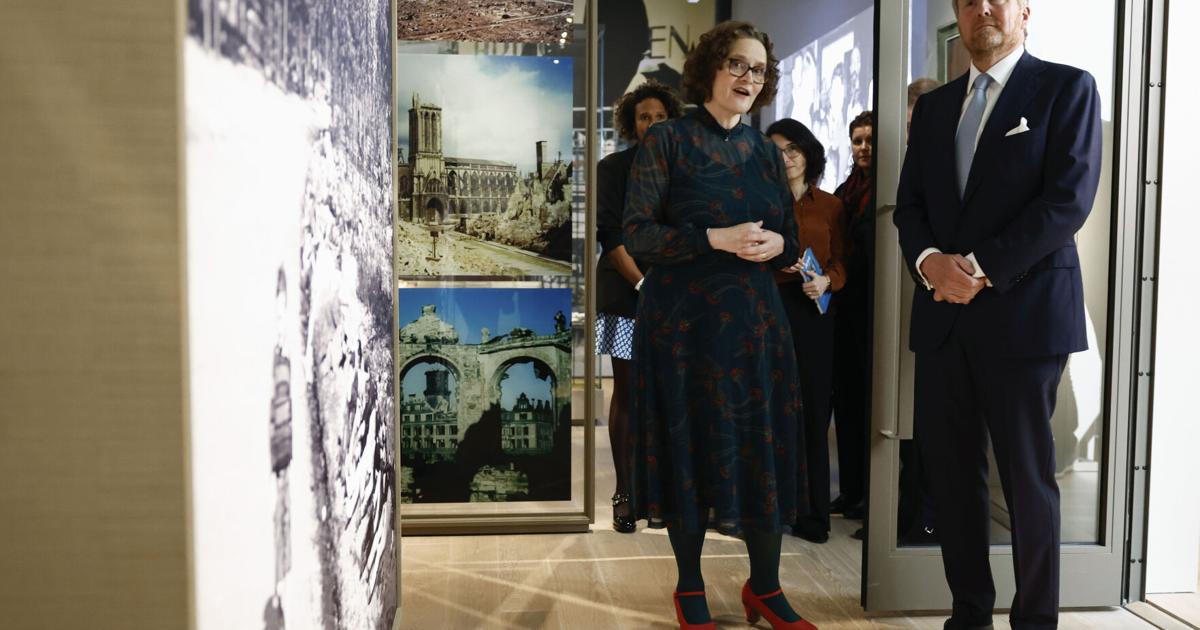Takeout is nothing new.Ancient Romans didn’t eat anything

Half a roast chicken on an aluminum plate? Oysters to bite on the way? Amsterdam’s restaurants and cafes are making ends meet with takeout and delivery, but these aren’t as new a phenomenon as you might think.
Takeout and delivery has become big business since Amsterdam’s eat-in restaurant closed. From ready-to-eat meals to his kit of three-course dinners, Pandemic is pushing culinary creativity to the fore. But takeout and delivery are nothing new. It was the staple food of most people in ancient Rome.
“In Rome and other ancient metropolises, fire was an ever-present danger,” says Gerarda Julians Helle, curator of classical and Middle Eastern antiquities at the Allard Pearson Museum in Amsterdam.
“A whole working-class family lived in a small room in Insula, a kind of high-rise apartment building, and cooking over an open fire wasn’t a good idea.
“So you cooked something that didn’t need a flame, like a patina, a fish or vegetable omelet cooked in a china vessel over lit coals. Or a thermopolium, a hood with a display stand. We got street food from the tents.They had large earthenware jars called doria, which contained hot food.Mostly cheap and nutritious legumes and It’s a vegetable stew.
“You can serve it in a bowl and eat it on the spot or take it home. There is no documented evidence, but it is conceivable that a child or a woman in the house would get enough for the whole family. This is normal Rome.” It was a very common way of eating for people.”
food box
Street vendors were ubiquitous in medieval Europe, and in modern Amsterdam they sold donuts, waffles, pancakes and fried fish. The saloon also sold takeout, says historian Maartengel, who in 2017 received a doctorate on Amsterdam inns from 1450 to 1800.
“The city had several luxury inns in the city in the 17th century,” he says. “They were used by wealthy visitors such as government officials, church dignitaries and ambassadors to provide a wide range of services such as packed breakfasts and lunches to people on the move. was described as koude keuckens, cold food.
“People liked to take food boxes with them when traveling by boat or horse-drawn carriage, but this service was also used by locals. Officials were carrying large amounts of food and drink.”
Unfortunately, I don’t know what’s inside the box. “I think pies were common,” Hell says. “At the time it was widely eaten and very portable. And bread and wine and beer. Or you can take luxury to the next level. The owners of the Oudezijds Heerenlogement lodgings are the government Together with a group of officials, foreign ambassadors and other VIPs, we traveled on the city’s official yacht for the sole purpose of shelling oysters.”
Hell believes that perhaps small taverns also sell food packages. I read the report of two French sailors who were on board the ship to Texel.
These examples relate to meals on the move, and Hell is unaware of any sources that Amsterdammers picked up tavern meals for consumption at home, but it cannot be said that it did not occur. “It was certainly common in London at the time, for example Constantin Huygens the Younger wrote about it. There was a crisis, an opportunity for the ryokan to earn extra income from local residents.”
bring your own pot
Throughout the 20th century, first takeout and then delivery became increasingly popular in Amsterdam. This can also be seen in newspaper advertisements. For example, in 1900 the Joodse Hôtel Frankfort on the Nieuwehogstrasse offered a new dinner his delivery service.
“Let’s deliver rice taffel [rice and multiple side dishes] In 1957, the Palau Java restaurant on Lange Leizetvals Street said: And in the same year, a restaurant on Spii Street reported that it could deliver “half he roast he chicken in an aluminum tray with roast potatoes, roshti, applesauce or tutti frutti”. [dried fruit compôte] 3.75 guilders per head.
Chinese takeaways were the biggest culinary hits in post-war Holland. It began in his early 20th century, when Chinese dockers settled around Binembangtamer Road, setting up bed and breakfasts and food tents, mostly frequented by other Chinese. After 1945, more and more Chinese restaurants targeted Dutch and Indonesian customers and offered a hybrid of Chinese, Indonesian and Dutch cuisine.
In the 1960s, there were over 200 restaurants serving both Chinese and Indonesian cuisine, but by the early 80s there were nearly 2,000. Servings were generous and well priced, and it was often cheaper to bring your own pot and take away.
“In the early days, it was normal to carry your own pot,” says Mark Van Wanderen, author of a photobook of the now dwindling Chinese-Indonesian restaurants. “Plastic trays seem to have been introduced in the ’70s and were very common in the ’80s when the popularity of these establishments peaked,” says Vivian Sham, owner of the Wong Cohen restaurant in Middenweg. , says that when his father came to work in the kitchen in 1967, plastic containers were already in use for takeout.
hire a chef
“They travel fast from one place to another, carrying pizza and pasta to every corner of the city,” he wrote. Het Parole 1968, referring to the new phenomenon of pizza delivery. It comes from America, where chain stores like Domino’s have existed since the 1960s.
A number of Amsterdam pizza restaurants have started delivering. They must somehow stand out from the crowd. ”
More fine dining restaurants also delivered: Dikker & Thijs opened in 1922 on the corner of Prinsengracht and Leidsestrasse. Het Parole, it offered a wide range of culinary delights. “They have long been famous for their piping hot Christmas dinner, but now they offer even more. Or it can be delivered pre-cooked, which can be oven cooked, microwaved, cooked as a separate ingredient, or, if you really want all the trimmings, you can have the waiter or chef provide it. I can do it.”
Ordering with your own chef is not about social distancing.The delivery business has changed a lot in other ways too. , Deliveroo, and Uber Eats launched in 2015. Proprietary delivery to cut out the middlemen.
Amid this second wave of restaurant closures, more chefs are serving single dishes rather than entire menus. Entrepot has takeaway burgers, Baut has her gehaktballen, Dutch meatballs, Maris Piper’s witty name for take-out service, Paindemie has toasted sandwiches and French his toast. You can eat it on the spot, or take it home and share it with your family. Like the Romans who live in apartments.
was in Asia
According to 18th-century Korean sources, naengmyeon (cold noodles) and haejangguk (“hangover soup”) could be delivered anywhere from royal palaces to mountain picnics.
Home delivery has been common in Japanese cities for centuries, according to Katarzyna Kwiertka, senior lecturer in contemporary Japanese studies at Leiden University. “They had a special catering service that made shidashi. These were first mentioned in his 16th-century diary. There was also ‘demae’, a slightly simpler meal. There were numerous 18th-century and his 19th-century woodcut delivery men, and home delivery was an established practice. ”
India has a legendary dabbawala system where food is collected from workers’ homes into stackable lunch boxes called tiffins and delivered to their workplaces. The service first appeared in his Mumbai around 1900 and now employs about 5,000 people delivering about 200,000 lunches across the country.
https://www.parool.nl/english/takeaways-aren-t-a-new-thing-the-ancient-romans-ate-nothing-but~bde0d4fa/ Takeout is nothing new.Ancient Romans didn’t eat anything




